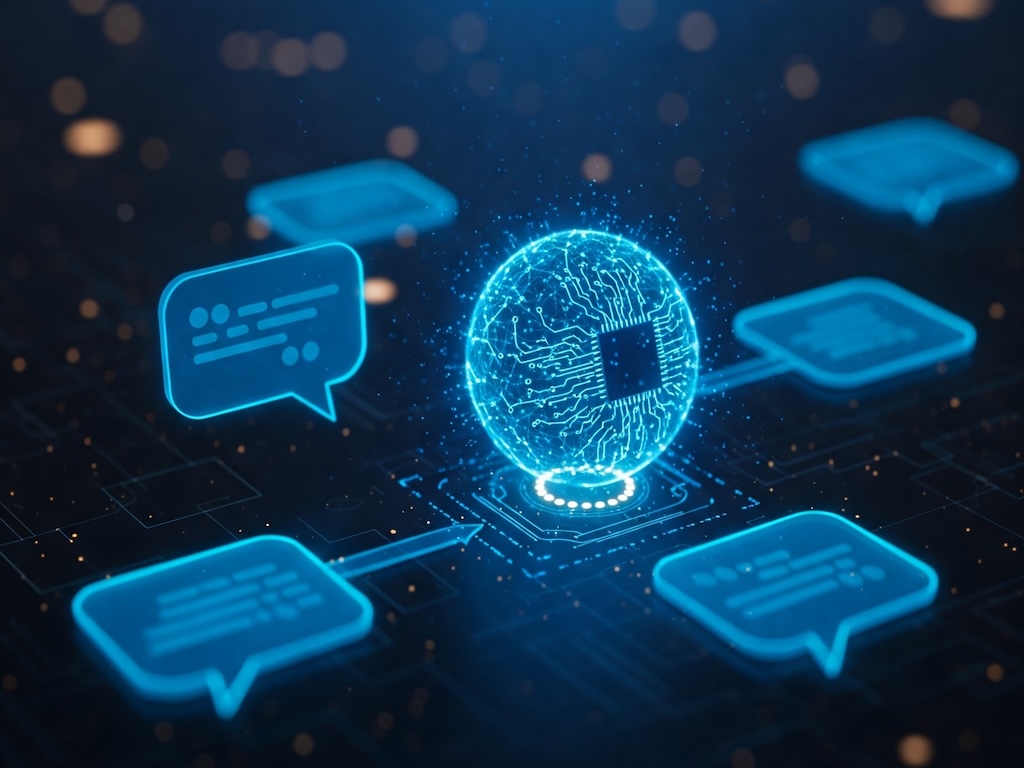
ChatGPT Doesn’t Remember—It Just Keeps Reading Your Conversation
If you’ve ever had a moment where ChatGPT “remembers” something you said earlier in the conversation, it might feel like magic. But here’s the truth: ChatGPT doesn’t actually remember anything. It simply receives the entire chat history as part of the prompt, and it uses that to generate its next reply.
This means that what feels like memory is actually just context. Each time you ask a question or send a message, the model receives not only your latest input but also all the messages leading up to it (within a limit). It then uses that running history to respond in a way that seems consistent and relevant.
How Context Sessions Work
When you chat with ChatGPT, the system gathers your entire session history and sends it to the model with each prompt. This history includes both your questions and the model’s responses. This running context helps the model understand what you're talking about—even if you're referring to something from 10 messages ago.
However, there’s a limit. The model can only “see” a certain number of tokens (a token is roughly 3–4 characters of English text). When the conversation gets too long, the oldest messages are cut from the beginning to make space for the newest ones.
So if the model suddenly forgets what you said earlier, it might not be a bug—it might be because that part of the conversation was dropped due to length.
Build on Your Prompts with Context Awareness
To get better results, it helps to think in threads.
Because ChatGPT is drawing from previous messages in the same session, you can guide it more effectively if you're aware of what you've already asked and how the conversation has unfolded. You’re not just writing a new prompt—you’re continuing a story.
Here are some practical strategies:
- Use follow-up questions smartly and build on earlier answers.
- Refer back to previous examples or terminology.
- Avoid vague “remember what I said” phrases—be specific.
- Keep adding details that expand the current thread rather than shifting away from it.
Being conscious of this flow will lead to more accurate and helpful answers over time.
This Also Means... Context Can Get in the Way
Since the model pulls from everything you've said earlier in the session, introducing a totally different topic in the middle of a chat can create confusion. The model may unintentionally blend old context into your new question.
For example, if you were discussing travel planning and suddenly ask about a programming bug, you might get responses that oddly reference your trip or previous preferences. That’s because the model is still trying to be helpful based on the entire session history.
To avoid this:
- Start a new chat when you switch topics significantly.
- Signal the switch clearly (“Let’s talk about something different now:…”).
- If answers seem off-topic, check if it’s pulling context from earlier messages you didn’t intend to carry forward.
Tips for Better Results
To get the most out of ChatGPT, it's helpful to treat your conversation as a growing thread rather than a series of disconnected questions. Because the model uses the full context of your session to generate answers, staying focused on one topic within a single conversation helps improve the specificity and quality of its responses. When you ask follow-up questions or build upon earlier answers, ChatGPT can provide more coherent, in-depth support. If you're working on something complex—like writing, coding, or planning—try to keep all related questions in one session so the model can follow your train of thought more easily. On the other hand, if you're shifting to a new topic entirely, it's often better to start a new chat to avoid unintentional context mixing. Being intentional about how you structure your prompts and when you reset the session can make a noticeable difference in the accuracy and usefulness of the replies you get.
